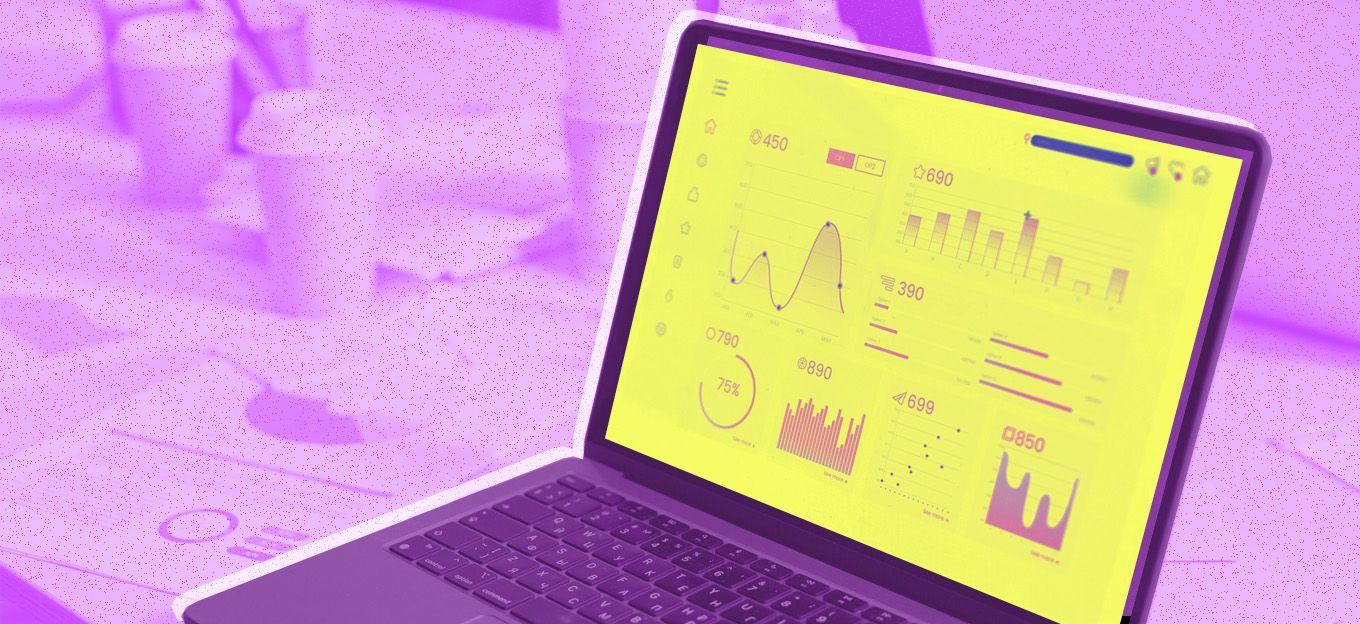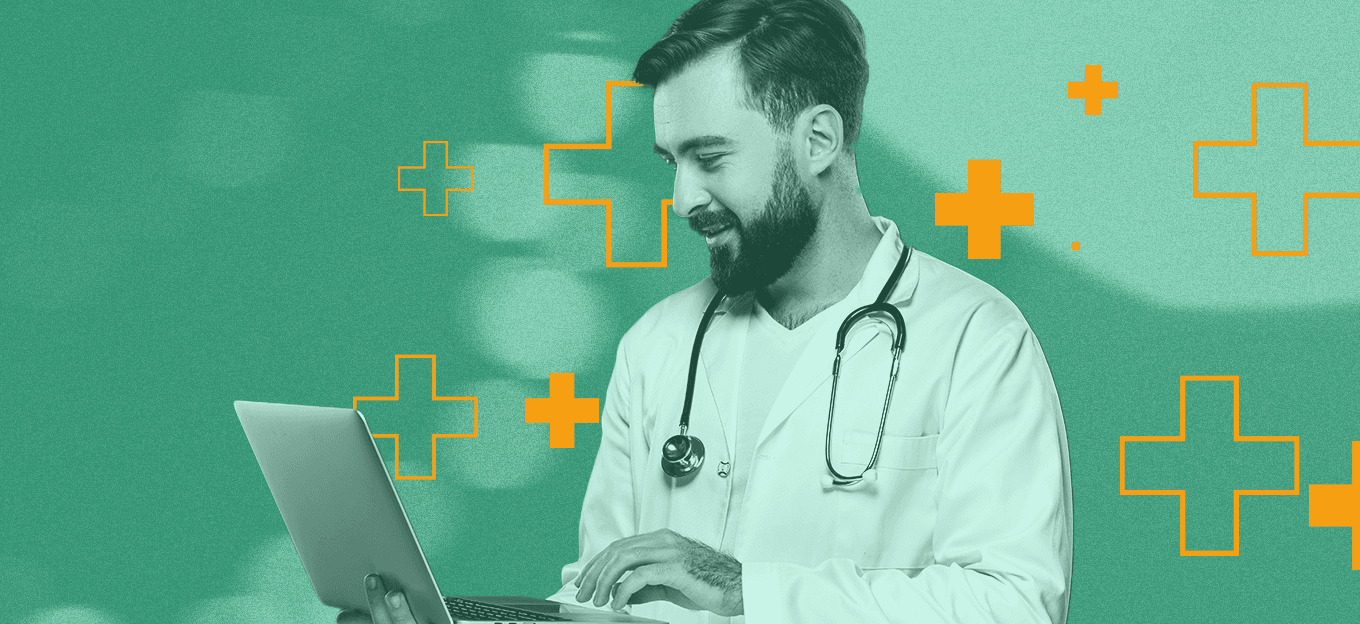4 Ways AI and IoT Tech Can Help Solve Mental Health Problems
4 Ways AI and IoT Tech Can Help Solve Mental Health Problems
- Last Updated: December 2, 2024
Kayla Matthews
- Last Updated: December 2, 2024



Together, artificial intelligence (AI) and Internet of Things (IoT) devices are making progress in reducing the challenges faced by people with mental health struggles.
Here are four ways the technologies are paving a pioneering path for the future.
1. Closing the Gaps Caused by Distance or Stigma
Although it's getting less prominent than in the past, there is still a stigma associated with mental health matters. It makes some people fear judgment if they admit to friends they need help or if they take the step of scheduling an appointment with a professional.
AI chatbots address that problem by allowing people to talk about their issues any time of the day or night. Some chatbots are trained with mock transcripts from counselors, making the bots capable of handling questions on tough topics like suicide.
Others are free or have modest monthly subscription fees, positioning the chatbots as appealing to low-income patients.
If people live in small towns, mental health assistance may be especially hard to find. Sometimes, individuals might feel so down that the act of leaving the house feels impossible. Chatbots fill the void that distance or fear can create.
However, it's crucial that users don't become so reliant on chatbots that they isolate themselves more than ever at the times they desperately need human connection.
2. Helping People Get Advice Without Using a Computer or Phone
The internet can be a tremendously beneficial resource for getting mental health assistance. However, thanks to things like social media channels, what people see when accessing online content via devices with screens could make them feel worse.
There's a skill that lets people tackle some of their mental health difficulties through an Amazon or Google smart speaker. It's called Mindscape, and it targets the United Kingdom market. The skill starts by taking users through breathing exercises; it then asks them more about the issues causing them mental distress.
People pick from 10 broad categories such as sleep, money and work. They then receive targeted advice about how to overcome what's bothering them. Thanks to the skill's design, it's easy to add more topics if the need arises.
The creators of the skill don't intend for the tech to replace mental health professionals, but they believe it could help people deal with everyday stress, as well as help those who want to reduce their anxiety. They suggest it could soothe a person having an early-morning panic attack who feels there is no one to contact
Smart speakers are increasingly common in homes around the world, making them exceptionally popular as IoT devices. This skill allows people to seek help by using their voices. It doesn't collect information that could violate privacy, and other options on the horizon need to keep such concerns in mind while building smart speaker apps. Some existing ones ask for address information, which makes people uneasy.
3. Improving Telehealth Options
Research shows 70 percent of people with behavioral health problems have other conditions present. Telehealth platforms can give those patients a single point of contact to address all of them. For example, they could discuss worsening depression and get an adjustment of high blood pressure medication through one telehealth visit or at least a single service.
Plus, there is an increasing number of specialized software options that combine electronic health records (EHR) and telemedicine to bring benefits to providers and patients.
A patient could log into a portal and see treatment information securely and on any connected device that has a screen. Also, providers could use an IoT device to access patient files before an appointment or to make notes afterward.
In another example of a telehealth solution, a platform called SimpleC Companion works on devices like laptops or computers and offers customized media to patients, medication reminders and more.
The technology supports chronic care management and gives notifications to family members or other authorized parties if a patient strays from their care plan.
SimpleC Companion isn't solely for people with mental health conditions, but it aims to reduce hospital admissions and equip people to stay healthy at home or in the places most comfortable to them. A feature gives mental stimulation to prevent anxiety and depression, too.
4. Enabling Doctors to Make Faster Diagnoses
Even the most experienced physicians sometimes have difficulty diagnosing patients who have mental health issues. Recent developments indicate AI could increase efficiency, facilitating providers to administer treatments without long waiting periods of uncertainty.
An AI algorithm that analyzed Facebook posts to detect signs of a user's depression could spot the disorder three months before those people were formally diagnosed by health care providers. Eventually, clinicians might incorporate the AI algorithm into other methods they use to reach diagnoses.
There's another AI algorithm that analyzes brain scans and pinpoints probable cases of ailments like bipolar I disorder and major depressive disorder. While testing the algorithm, researchers gathered participants with diagnosed mood disorders as well as those without a history of mental illness. The AI detected the mental illness patients correctly more than 92 percent of the time.
Unfortunately, that application is still in its infancy and is not ready for the widespread clinical setting. However, doctors believe it could assist with differentiating between various mood disorders that sometimes manifest in similar ways.
Furthermore, it may give a more definitive picture of how a patient with mental illness responds to new medications.
Modernizing Mental Health Care
Most technological advancements mentioned here supplement the professionals working toward improved well-being for their patients. Even a chatbot might be the first thing that makes a user realize it's time to seek additional help.
These four examples show how technology could be instrumental in changing access to care, boosting the quality of treatment and bringing about other advantages.
As such, they could give additional mental health options to people who need them to enjoy more fulfilling lives.
The Most Comprehensive IoT Newsletter for Enterprises
Showcasing the highest-quality content, resources, news, and insights from the world of the Internet of Things. Subscribe to remain informed and up-to-date.
New Podcast Episode

Moving Past the Pilot Phase in IoT and AI
Related Articles




